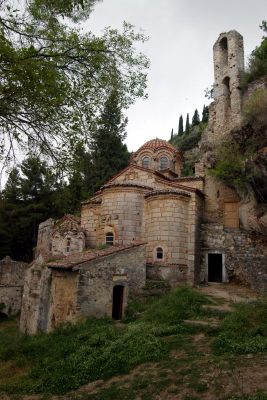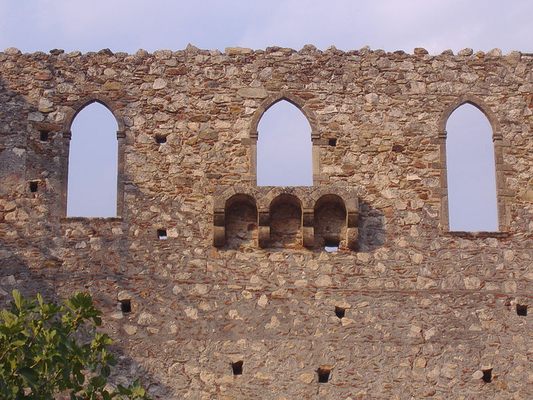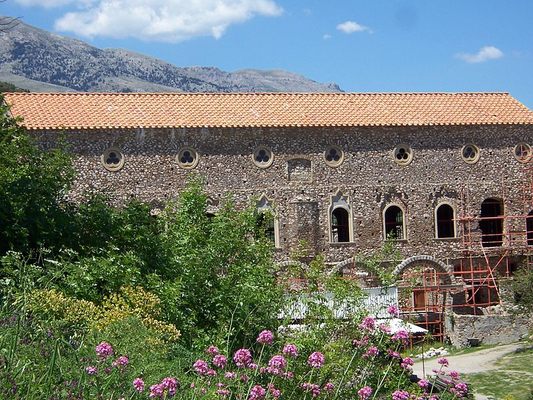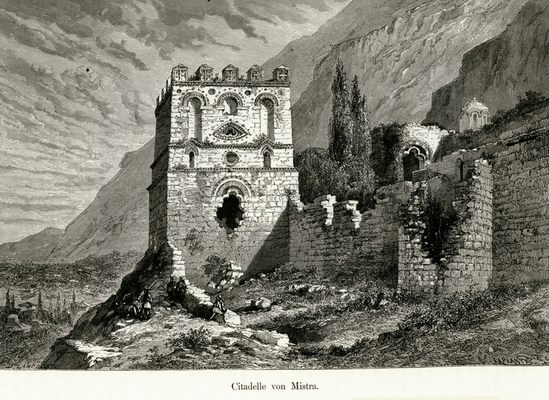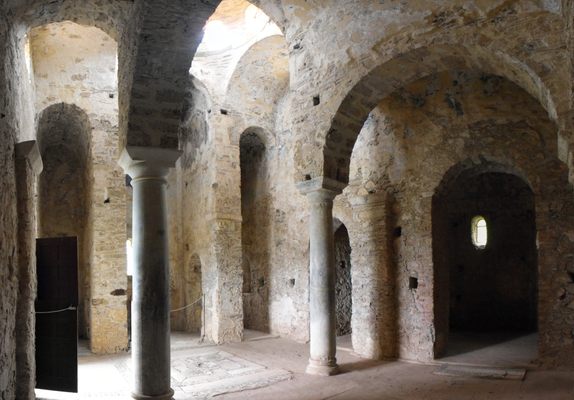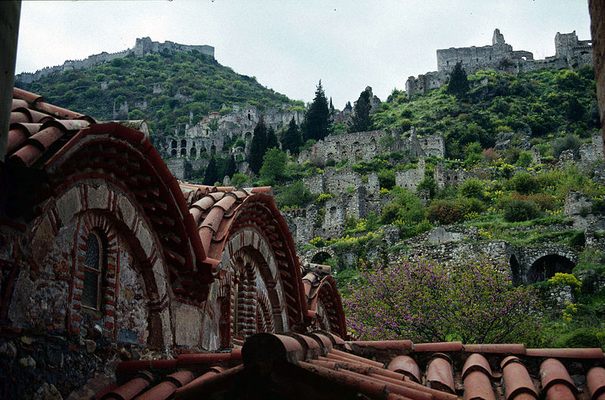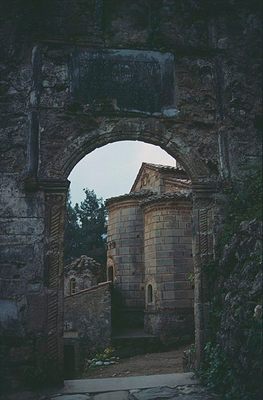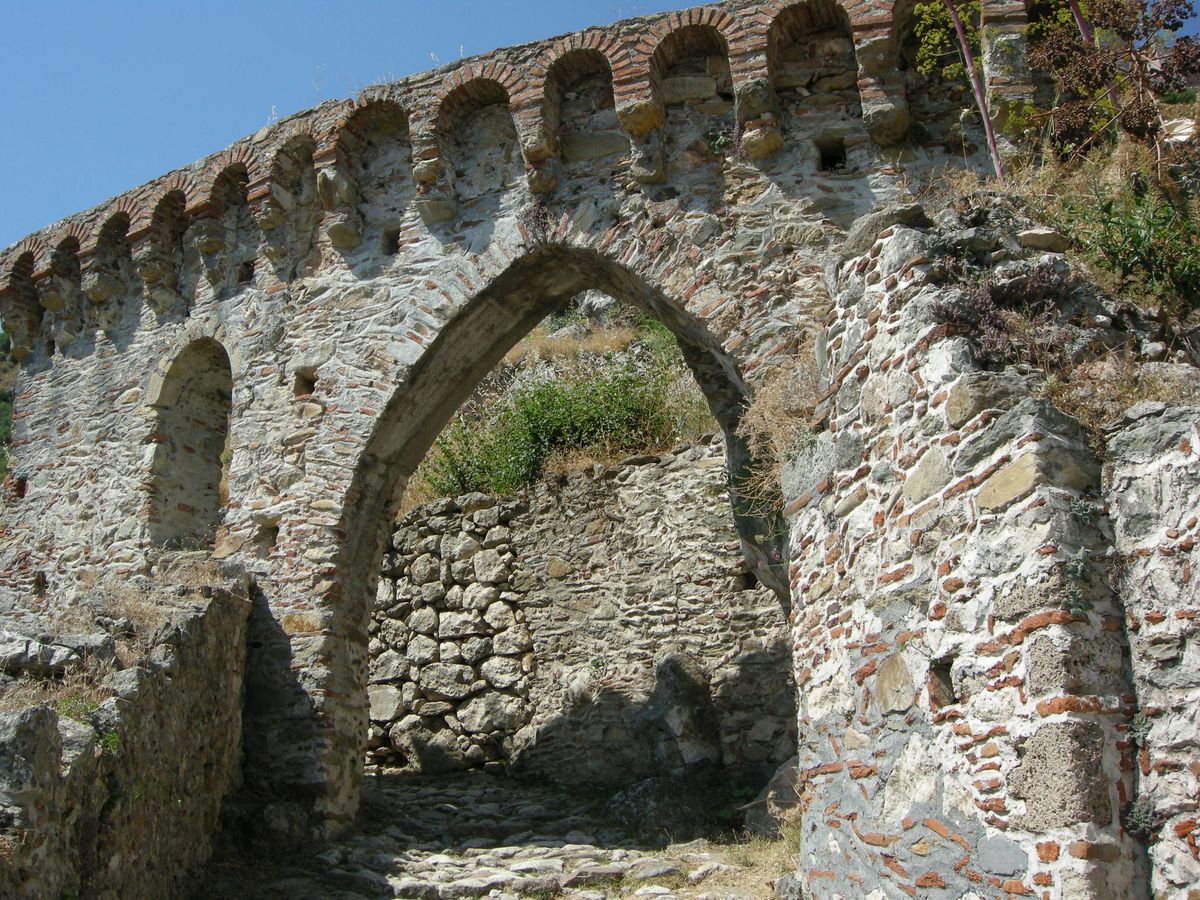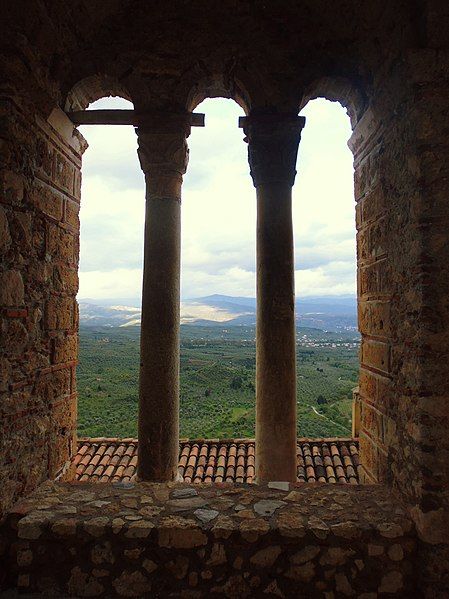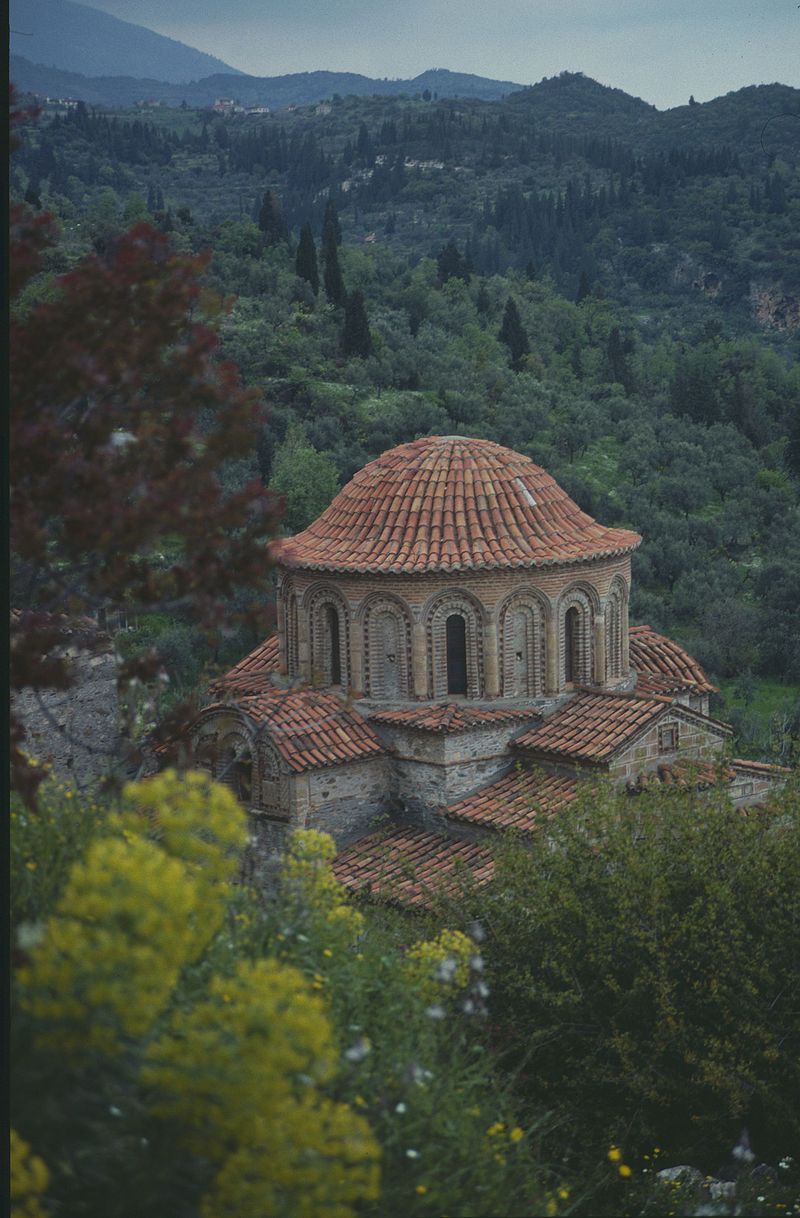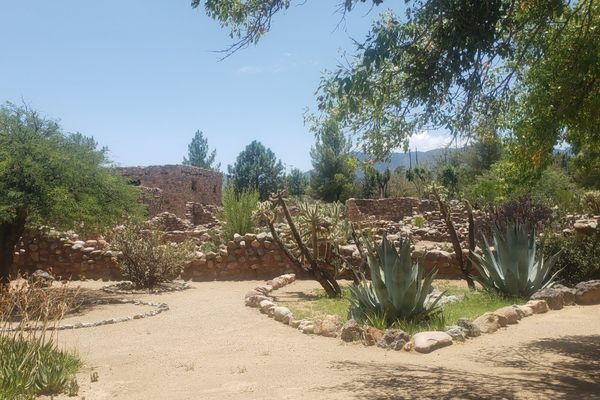About
The city of Mystras, the historic place where the last Byzantine emperor was crowned, now sits abandoned on the steep slopes of the Taygetus Mountains that tower over the Laconian plain. The ruins that remain transport visitors through a breathtaking, finely preserved medieval Byzantine city.
The imposing fortress of Villehardouin crowns the highest point of the city and possesses the most fabulous views of the site. Its namesake, William II of Villehardouin, was Prince of Achaea, one of the anemic Latin crusader states established after France, Venice, and the Holy Roman Empire carved up the Byzantine Empire after the tragic Fourth Crusade of 1204.
After the territory was reclaimed by the Byzantines in 1262, the site on which Villehardouin had built the fortress became the city of Mystras. Its strategic mountain location was increasingly more useful to the Byzantines, who were besieged on all sides by treacherous western adventurers and the seemingly unstoppable Ottoman Turks.
Connected to the fortress through a descending series of narrow staircases and decaying arches are seven medieval churches in various states of preservation. The Peribleptos Monastery contains rare, colorful frescoes which depict Gospel scenes as well as a gruesome illustration of the damned in hell. The Pantanassa Monastery is the only still-occupied building in the city—here lives a small group of nuns, who tend to the garden and feed a bustling local colony of feral cats.
Elsewhere on a steep rock face sits the magnificent Palace of the Despots, named for the peculiar title of the Byzantine royals who ruled the region in the 14th and 15th centuries. Located below the palace, the Metropolitan Church of St. Demetrius contains the colorful frescoes and a marble engraving of the crowned two-headed eagle of the coat of arms of the final emperors, the Palaiologos.
In addition to its role in the political world of medieval Greece, Mystras was a center of a late-Byzantine cultural and artistic flowering that influenced the Renaissance. Its most famous resident was the philosopher Gemistus Pletho, an iconoclastic scholar who studied Aristotle, Zoroastrianism, and Jewish Kabbalah under the Turks in Edirne. Plethon advocated (to a horrified Orthodox clergy) for a Byzantine revival of the Greek pantheon ruled by Zeus, and his 15th-century voyage to Florence reintroduced the works of Plato to the West.
Mystras fell to the Ottomans in 1460 and was inhabited until the 19th-century Greek War of Independence, after which it was abandoned. Travelers of that era ironically mistook its ruins for those of Sparta, another abandoned Peloponnesian city located just below Mystras on the Laconian plain.
Related Tags
Know Before You Go
Because Mystras is located on a mountainside, a visit to the city involves moderately strenuous hiking. The site has two entrances: one at the base of the site and another at the top (near the fortress). If arriving by taxi from Sparta, it is highly advised to be driven to the upper entrance and walk down, rather than entering below and climbing up. Public buses travel to the site from Sparta daily. Open year-round.
Community Contributors
Added By
Published
May 17, 2018
Sources
- https://en.wikipedia.org/wiki/Mystras
- https://en.wikipedia.org/wiki/William_of_Villehardouin
- https://en.wikipedia.org/wiki/Constantine_XI_Palaiologos
- https://en.wikipedia.org/wiki/Peribleptos_Monastery,_Mystras
- https://seanmunger.com/2014/05/29/the-immortal-emperor-what-happened-to-constantine-xi-palaeologus/
- https://en.wikipedia.org/wiki/Gemistus_Pletho
- https://www.greeka.com/peloponnese/mystras/mystras-excursions/palace-despots.htm
- http://www.thebyzantinelegacy.com/churches-mystras
- https://notetotraveler.com/2017/11/03/a-peek-at-life-inside-the-pantanassa-monastery-in-mystras/
- https://en.wikipedia.org/wiki/Palaiologos
- https://en.wikipedia.org/wiki/Platonic_Academy_(Florence)
- Norwich, John Julius. Byzantium: The Decline and Fall. Viking, 1995



